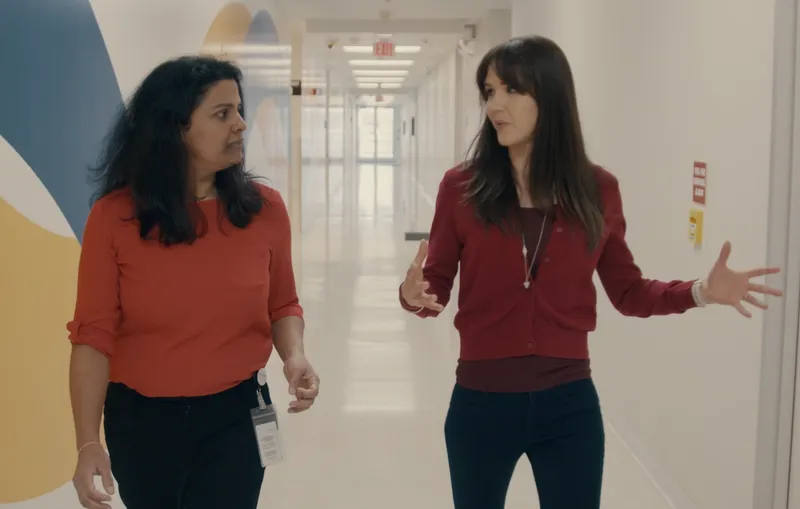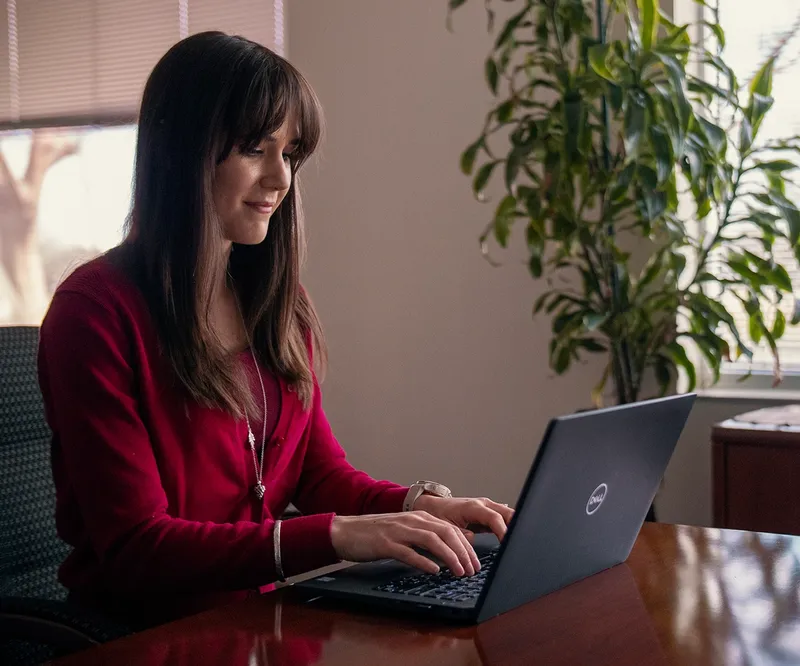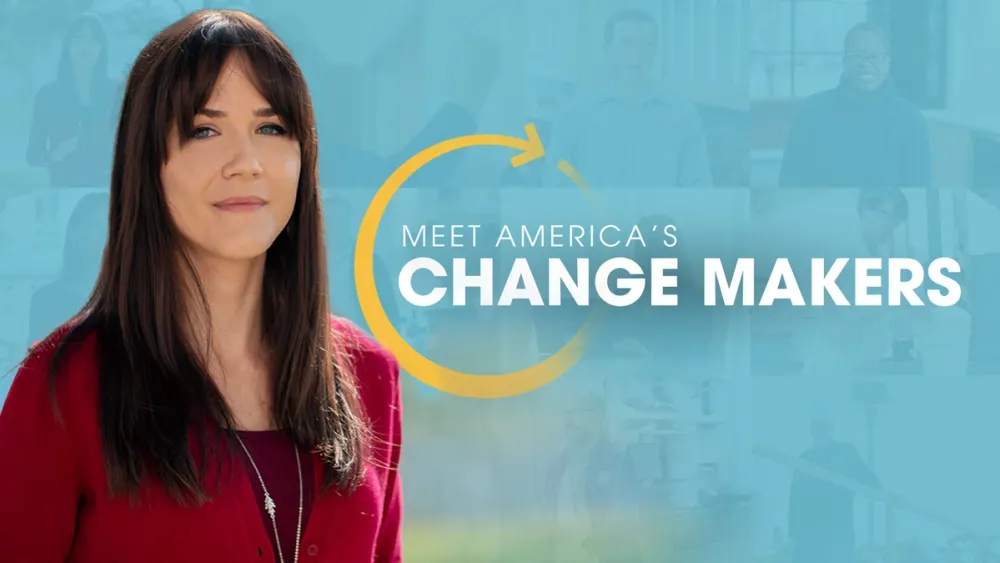When Kate was a child in southeast Asia, she saw first-hand the harmful effects of unmanaged waste in the environment.
“When I was growing up in Indonesia, I saw a lot of waste in the water streams, and you would see it going out into the ocean. And as a kid that had a really big impact on me because you could see it affecting the wildlife.”
But waste in the environment is not only a problem in southeast Asia. Now that she’s working in the United States, she notices,
“You can also see some of that here in Houston.”
As a sustainability specialist for the Americas region for SABIC, a major plastics maker, she’s in a position to do something about it.
Meet Kate. One of America’s Change Makers.
“Sustainability specialist means I get to work on a variety of different projects. We’re developing our carbon neutrality initiatives. I’m also working on developing the circular economy for the America’s region, building up our advanced recycling strategy, our mechanical recycling strategy and our renewable products line.”

It’s a big job with some immensely powerful potential outcomes. And while she works on multiple sustainability initiatives, she really enjoys helping SABIC’s customers meet their sustainability goals.
“What excites me most about my role is being able to help our customers meet their goals. So we really see companies that are interested in incorporating recycled materials into their products and being able to help them create products that are more easily recyclable… is really exciting for me.
“I think some of the biggest successes that I felt is working on some of these products with our customers and actually seeing them go to the shelves.”
One of those projects was with Microsoft.
“So Microsoft came to us and they were hoping to incorporate ocean plastic into a consumer electronic product. Ocean plastic is a very difficult material to work with because it’s exposed to water and the other elements. So being able to collect that ocean plastic and recycle it in a way that we can incorporate into consumer electronic products is a very difficult task. But with our technologists and our technologies, we were able to recycle some of that ocean plastic and help them create their first ocean plastic mouse.”
Kate and her team helped Microsoft take that even a step further.
“When Microsoft came to us, they wanted to create a product with only 10% ocean plastic. And we were actually able with our technologies to increase that amount to 20% ocean plastic.
I’m really hoping that with some of our product offerings… (we) are going to be able to clean up these waterways and prevent that plastic waste that I saw as a kid. That’s pretty cool.”
New advanced recycling technologies help make these innovations possible.
“Some of these materials, because they are out in the environment and they’re exposed to water and the sun, they’re in a degraded state. So in order to recapture the value of these plastics, we take them through our advanced recycling process to break them down into the chemical building blocks. And then we take these chemical building blocks, and we create new plastics out of them. And we’re working with our customers who have sustainability goals, (and) many are able to incorporate them into their products.”
Kate sees advanced recycling technologies as a game changer because traditional, mechanical recycling is limited in the types of plastics that can be readily recycled and the quality of the recycled plastics (resins) it produces.
“Many of our customers come to us with really critical qualities that they need to meet with our resins. Unfortunately, mechanical recycling has some limitations. And that’s where advanced recycling really comes in. We’re able to take these resins that are very difficult to recycle, break them down to the chemical building blocks, and rebuild virgin-like materials. And this means that we don’t have to go and use fossil-based resources. We can take plastic waste and recycle it into new products.”

“When you think about what we’re trying to achieve with advanced recycling, we’re really trying to recapture the value of plastics and limit our environmental impact.”
As she looks back on her childhood, Kate has an extra reason to be excited about her role in creating sustainable change.
Kate’s father was an engineer who was deeply passionate about the role of plastics in our everyday lives. And now Kate is helping create what she calls a “new ecosystem” for plastics and society.
“My dad is proud of what I do. You know, he saw me first get interested in research and development, and now I’m working with customers at it. With brand names that he knows, so it’s really been great for him to watch me grow in that way.
Growing up seeing that waste, I mean, that did have an impact on me as a child. You know, you see all of it going out into the ocean. So for me it’s really important to develop technologies and processes to reclaim this plastic so that we can prevent waste from entering our water streams. I’m hoping with these new technologies we’re developing with advanced recycling that we’re able to prevent some of this waste from ending up in our water streams.
So that little girls in the future, when they’re growing up, they won’t have to see these kinds of environmental impacts.”


